redis 设计与实现(1)redis 数据结构
参考:https://wangcy6.github.io/post/2020/server_redis/
缘起
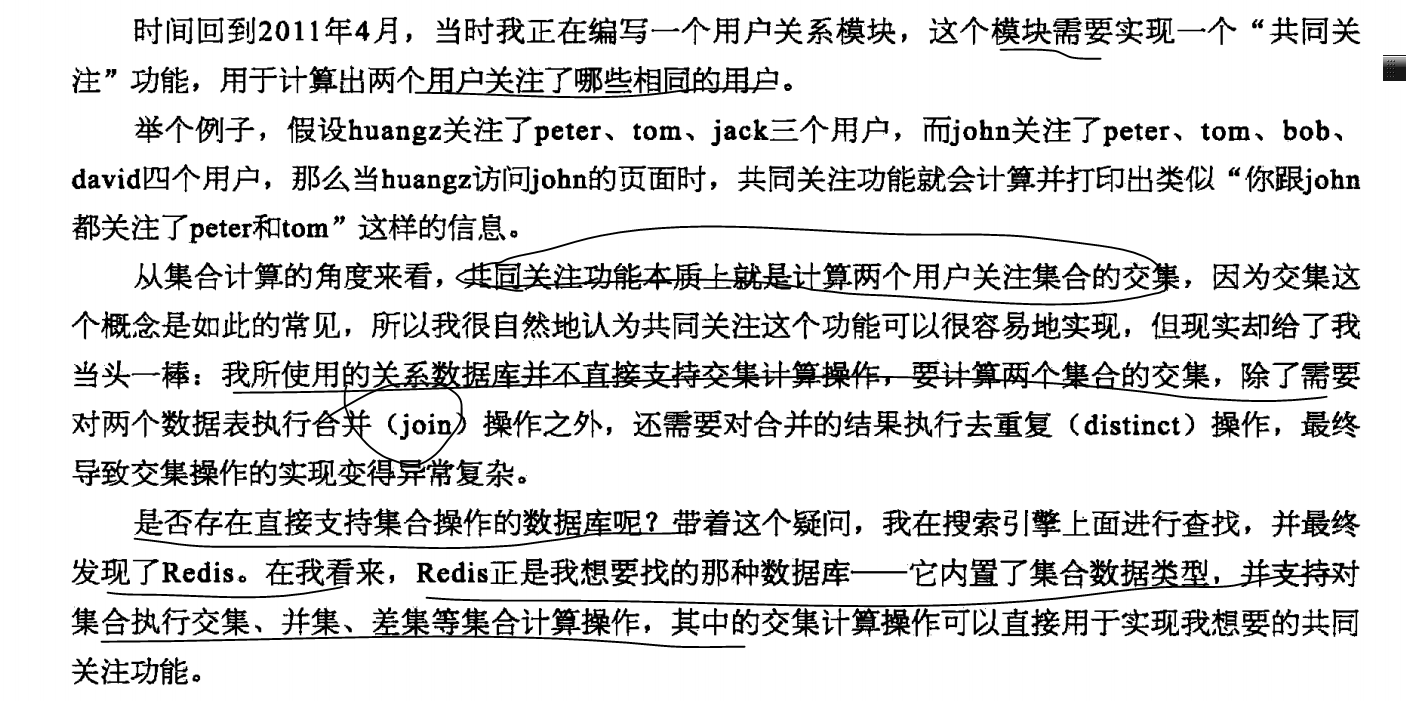
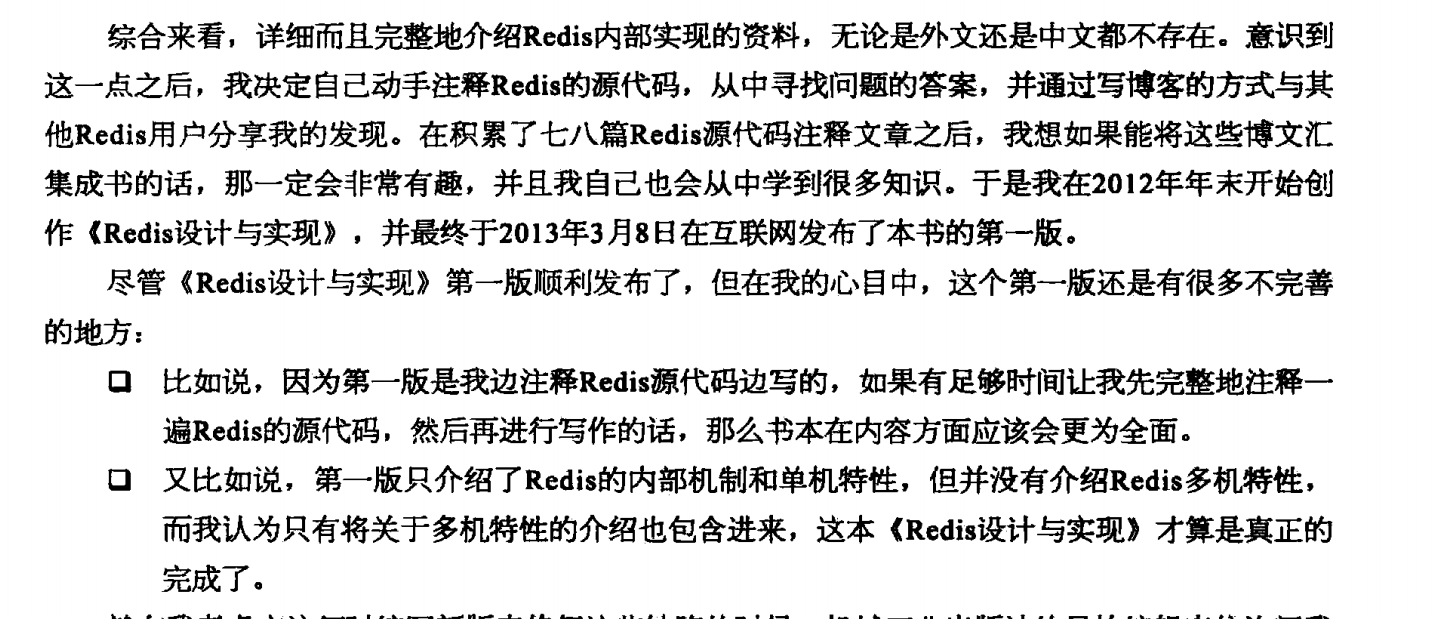
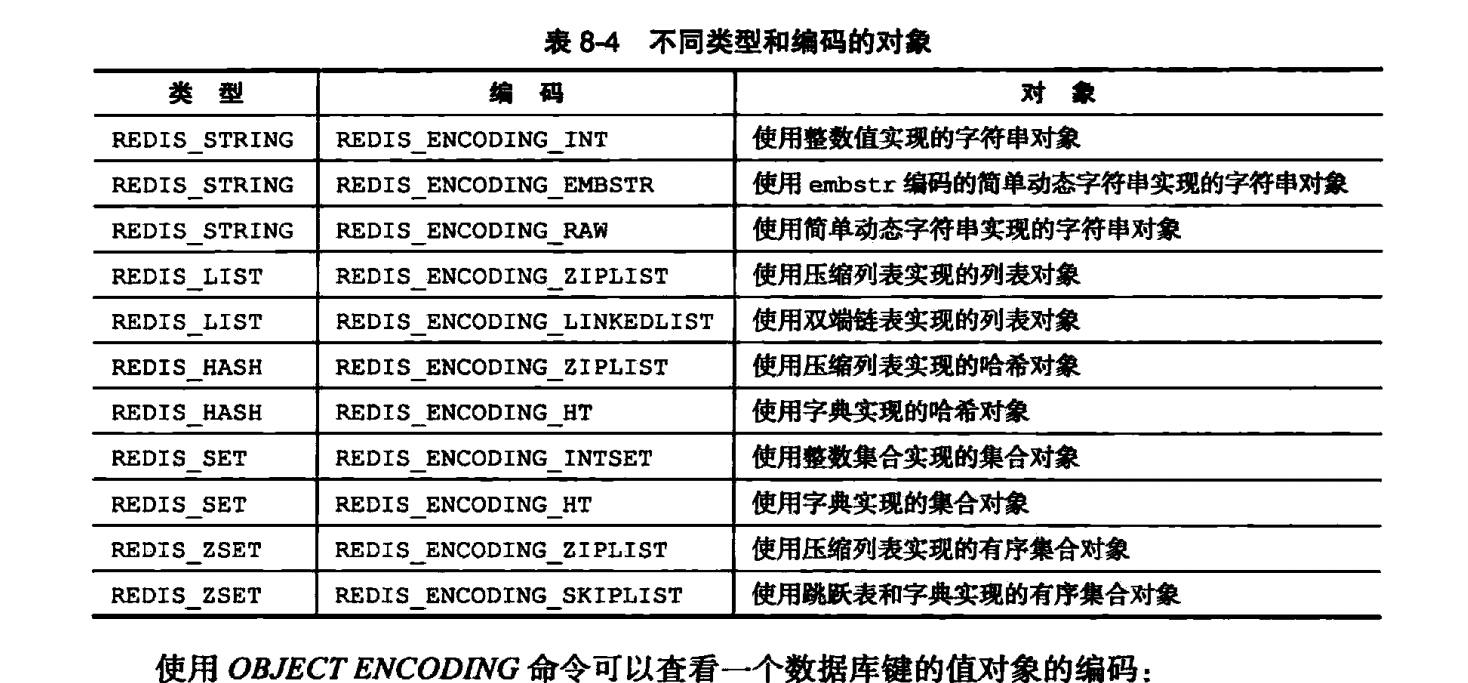
整数集合

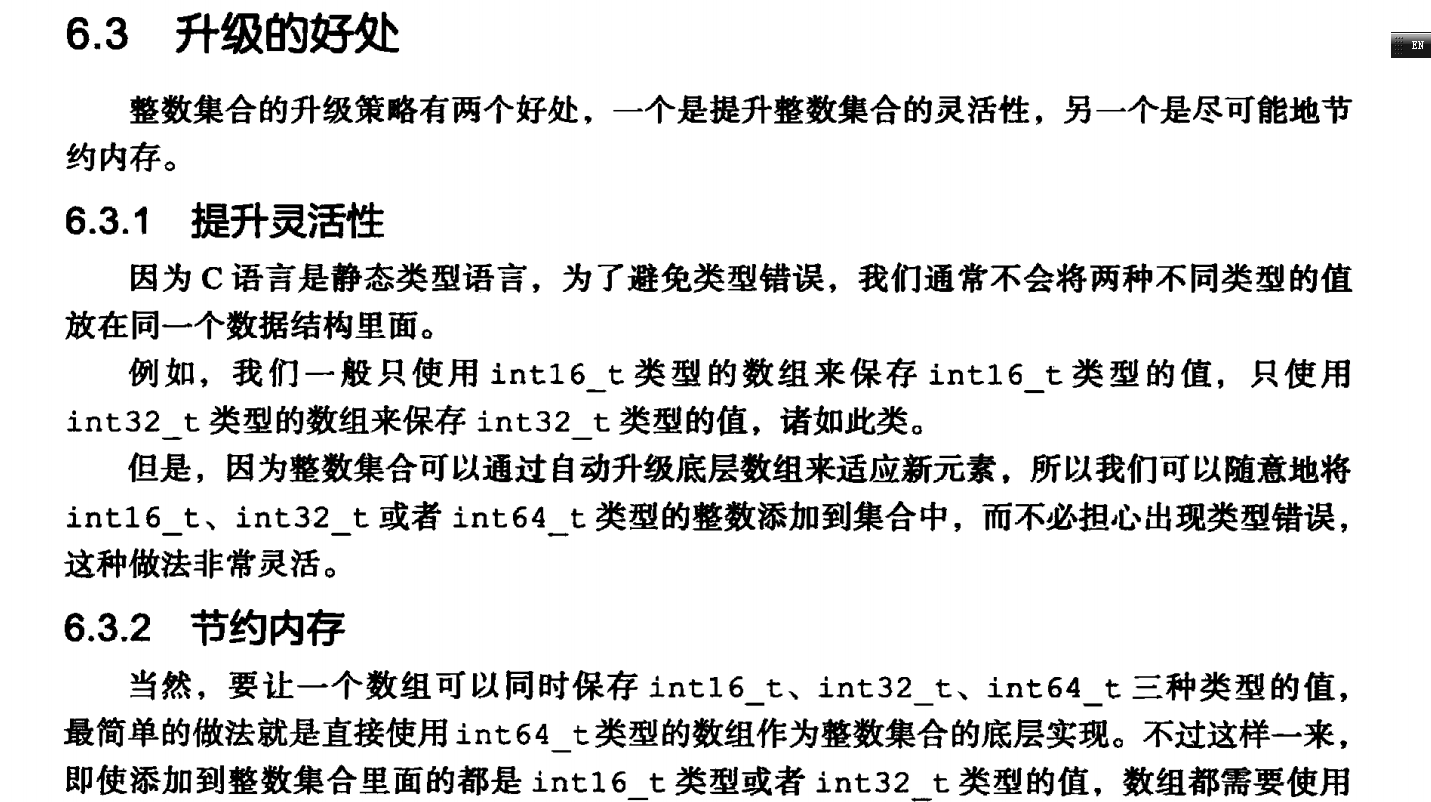

hashtable 的 val 可能存储很多东西
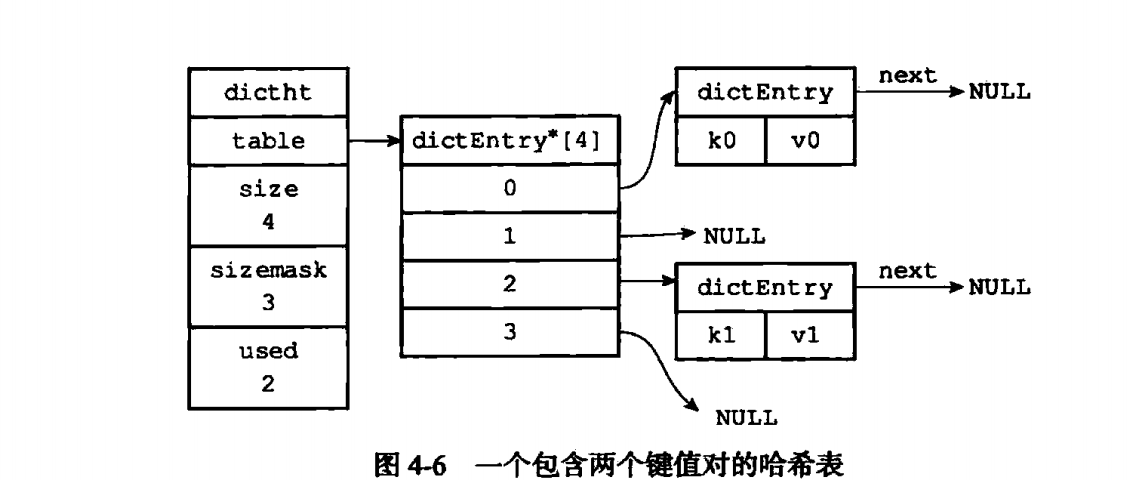
转换规则

有序集合 zset(ziplist,shiplist)

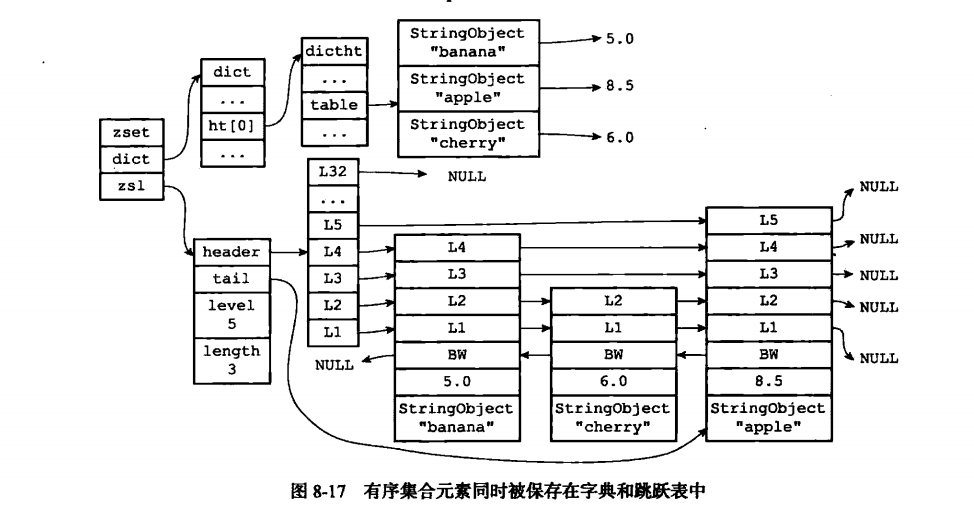
对比mysql索引设计(hash索引,b+索引)
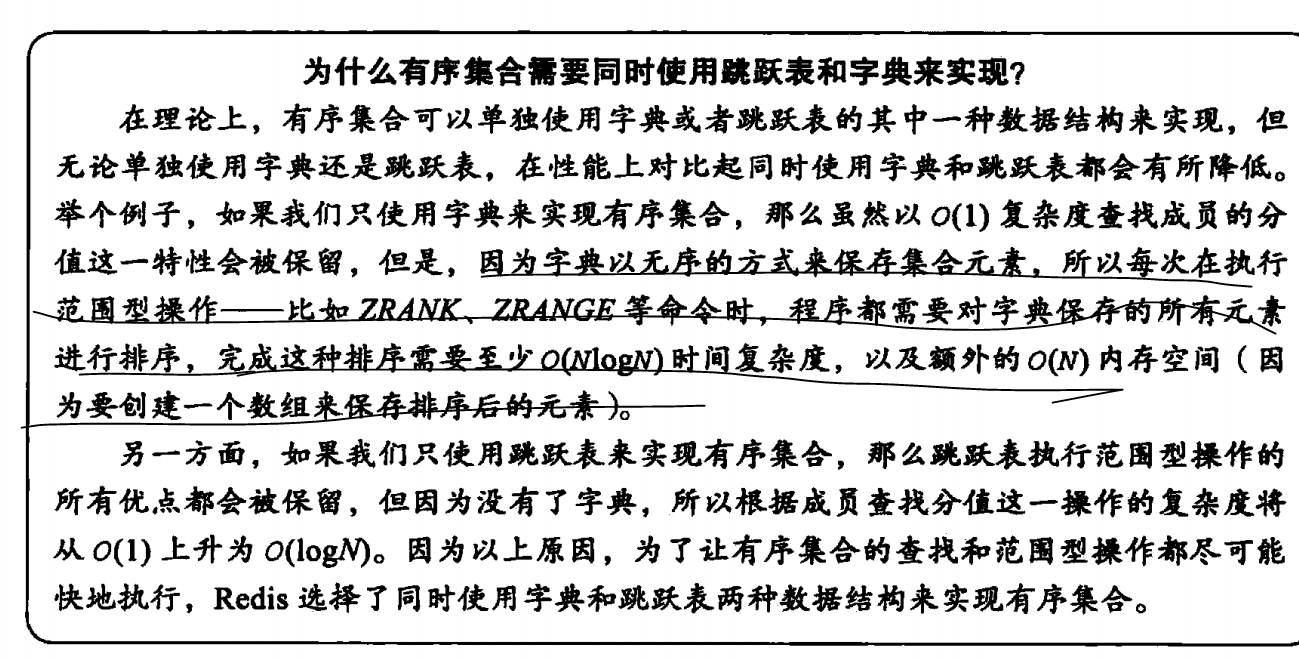

为什么字符串太长 64字节,进行转换?我也不清楚
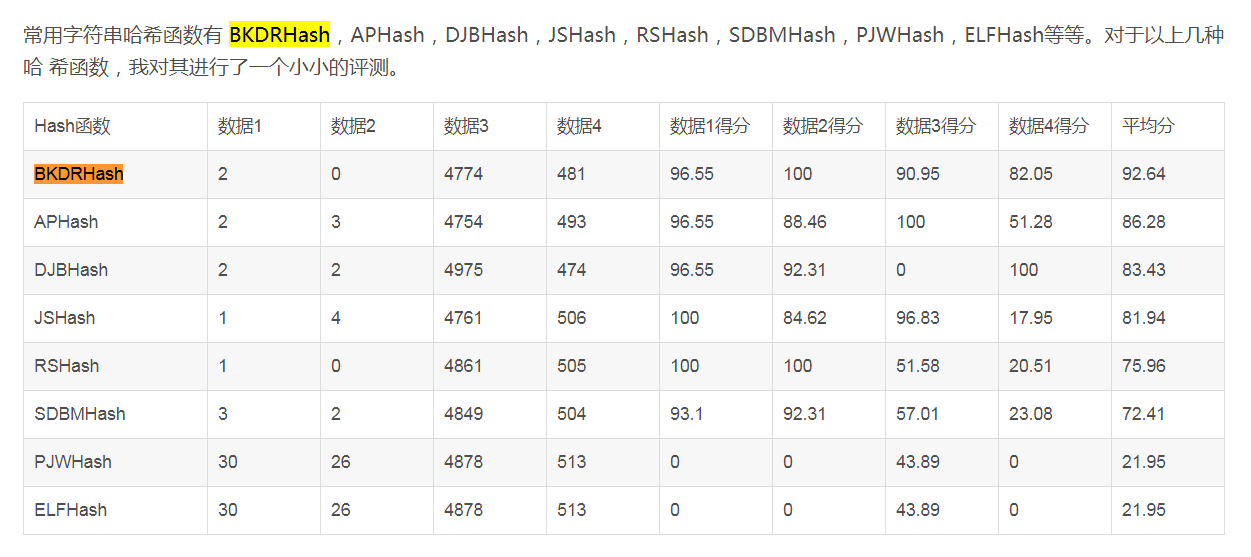
单机数据库如何存这些key
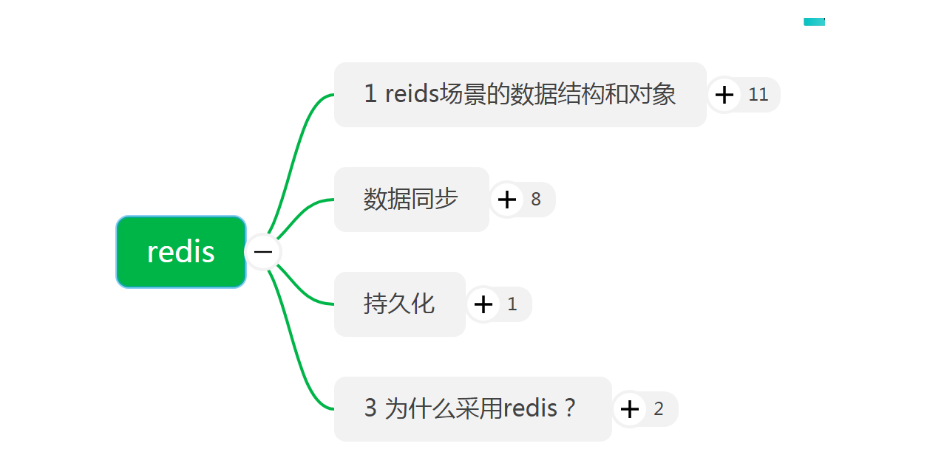
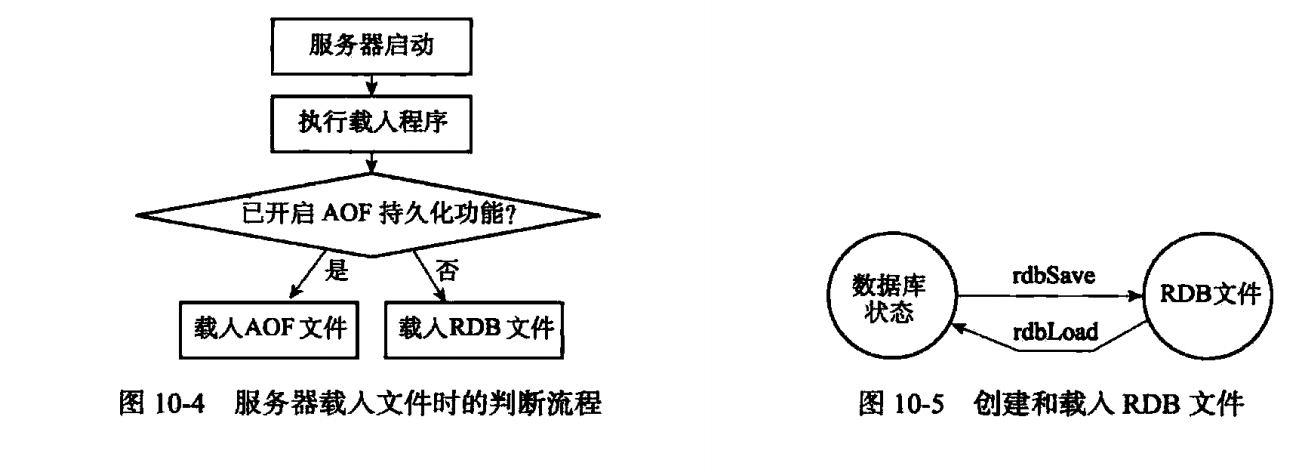
RDB持久化
思考:
如何持久化,废话不就是fork进程吗
主备同步不是有复制积压缓冲区吗?为什么不采用这个。
行动:
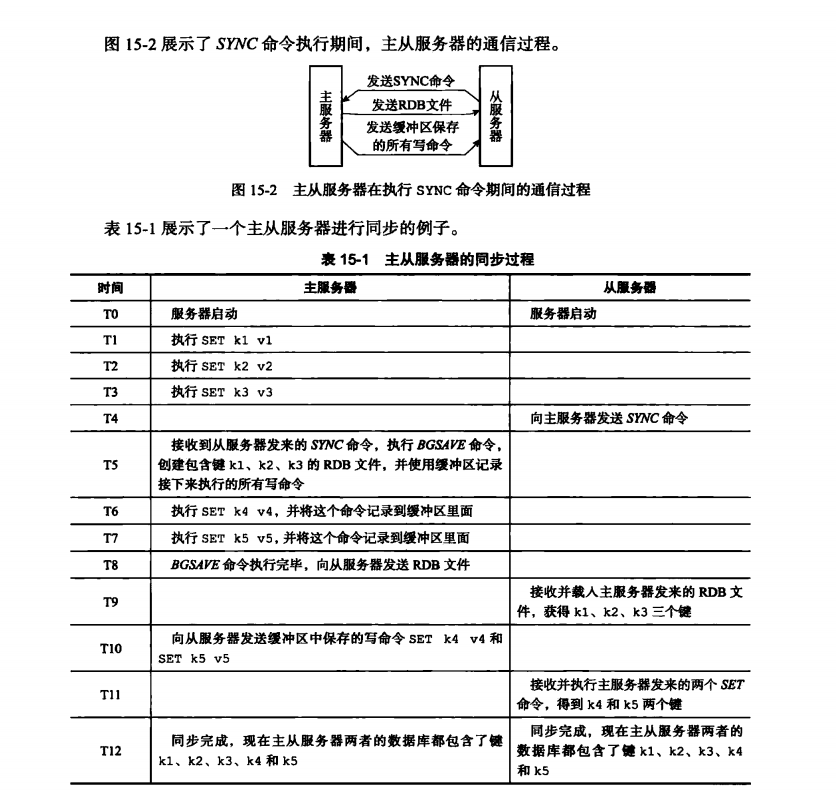
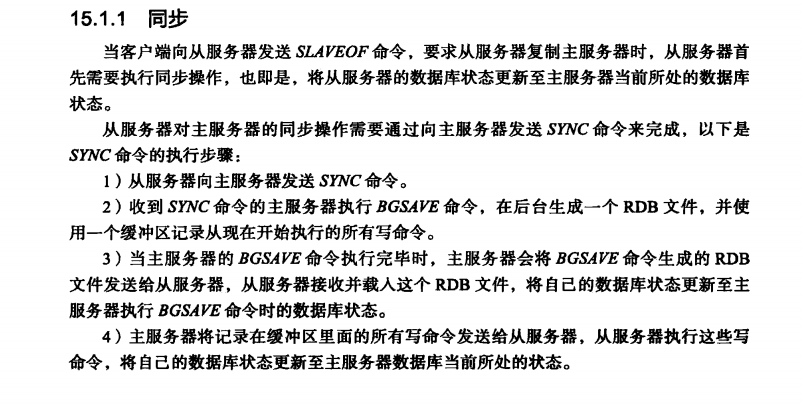
还有其他缓冲区吗?
https://www.cnblogs.com/gangdou/p/7991754.html

描述:
output-buffer-limits这个参数的作用是:
当客户端来获取数据的时候,数据会被保存在output-buffer中,
等信息传输完后output-buffer中的数据会被清理掉,redis对output-buffer做了限制。
psync的命令超过了output-buffer-limits,master主动关闭了slave的连接。
然后slave被断开了和master的连接,然后slave又重新找master请求同步,然后就陷入了恶性循环,
slave找master做全同步的过程是一个很消耗cpu消耗io消耗带宽的过程,所以会一直持续的告警。

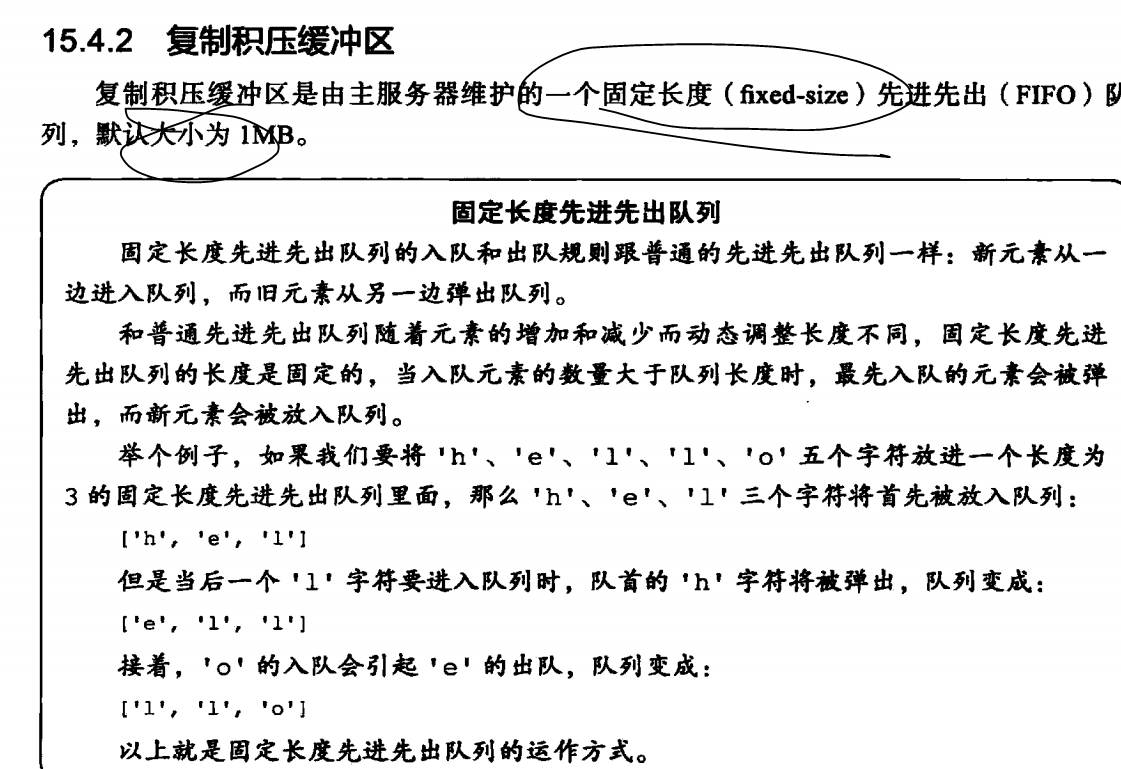
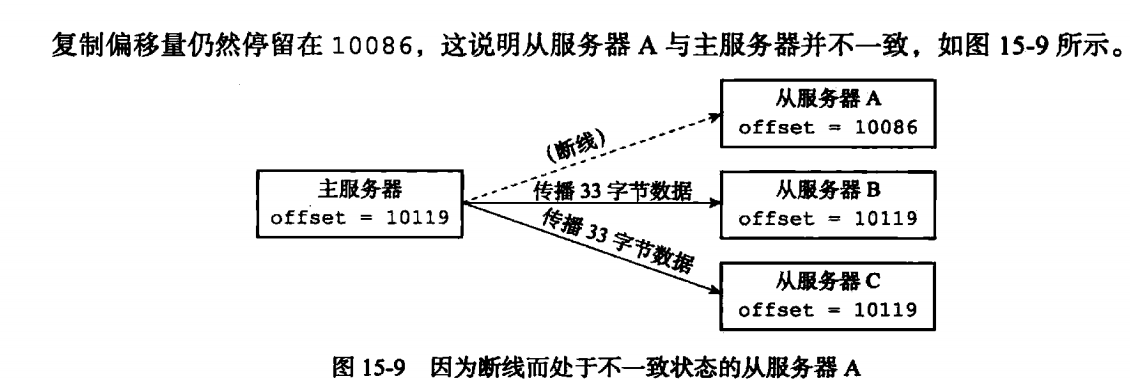
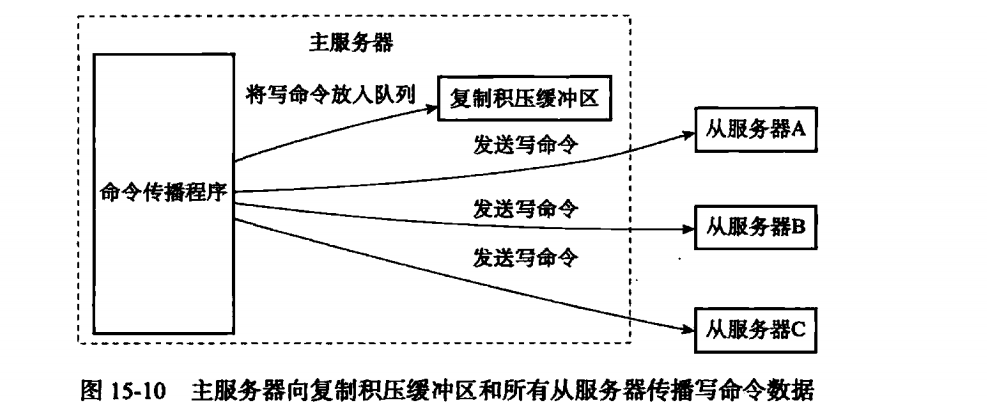
一个完整复制过程:
https://redis.io/topics/replication
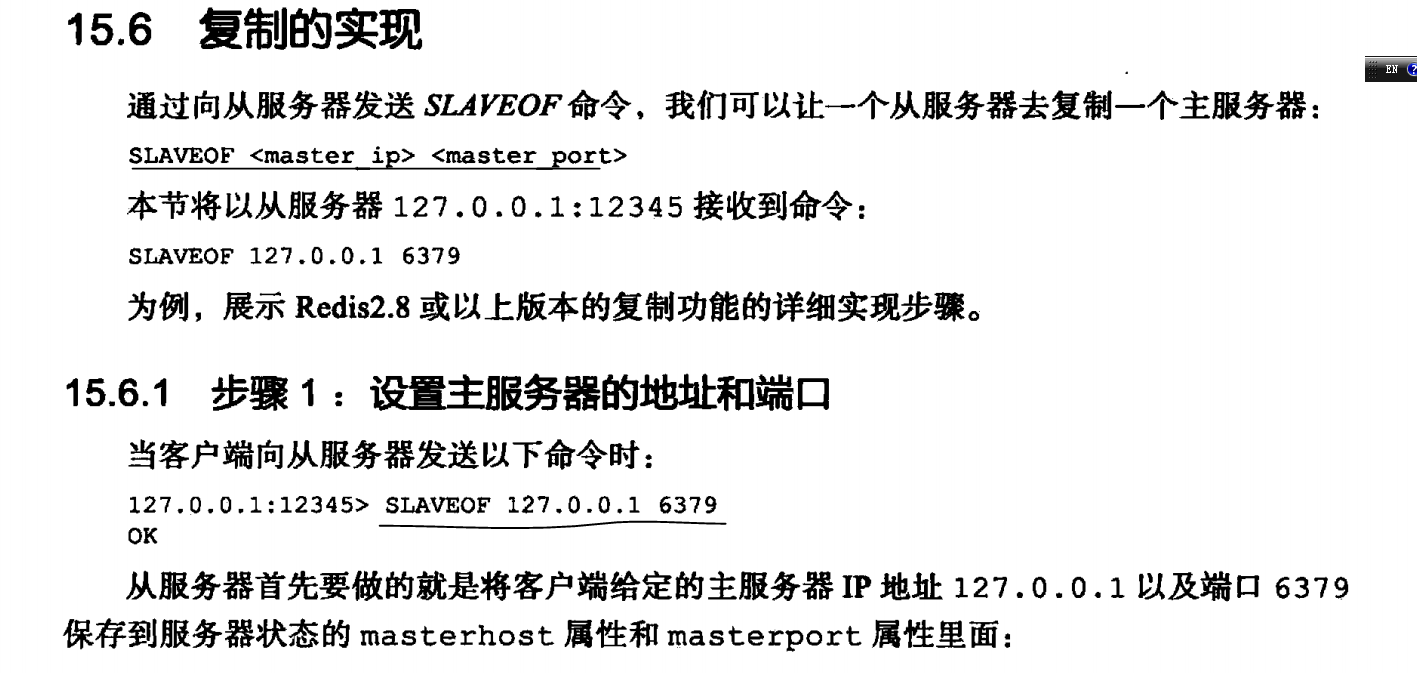
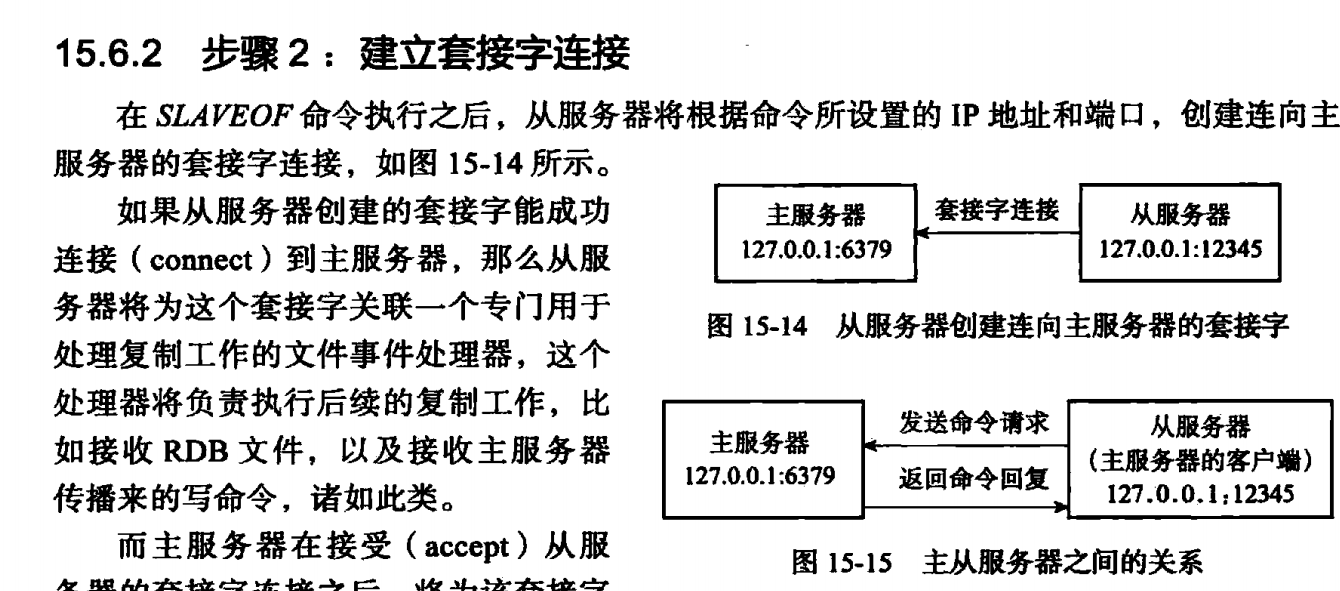

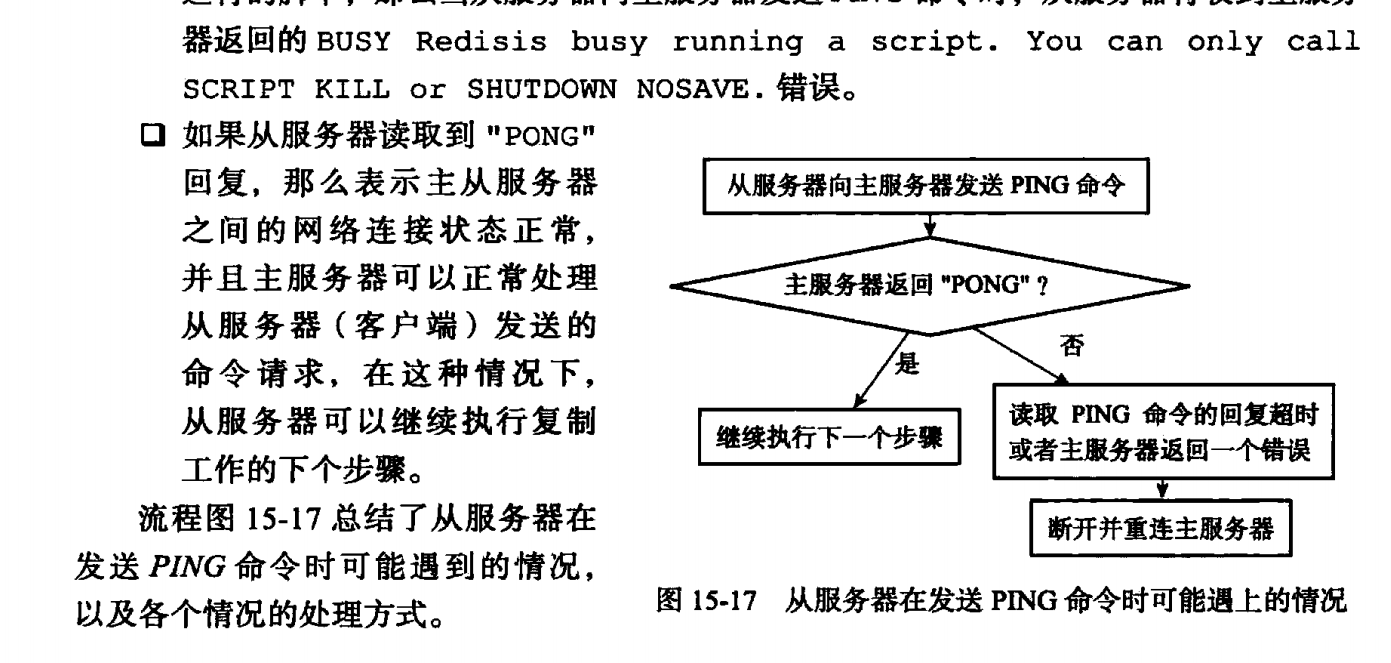
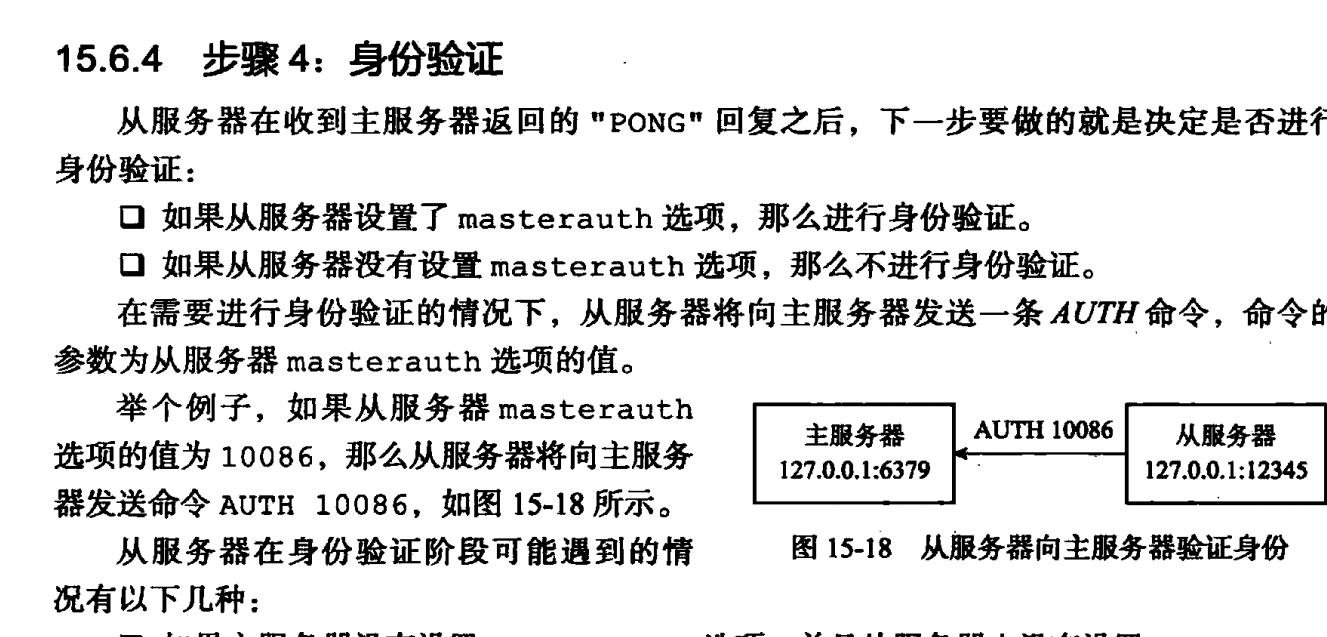
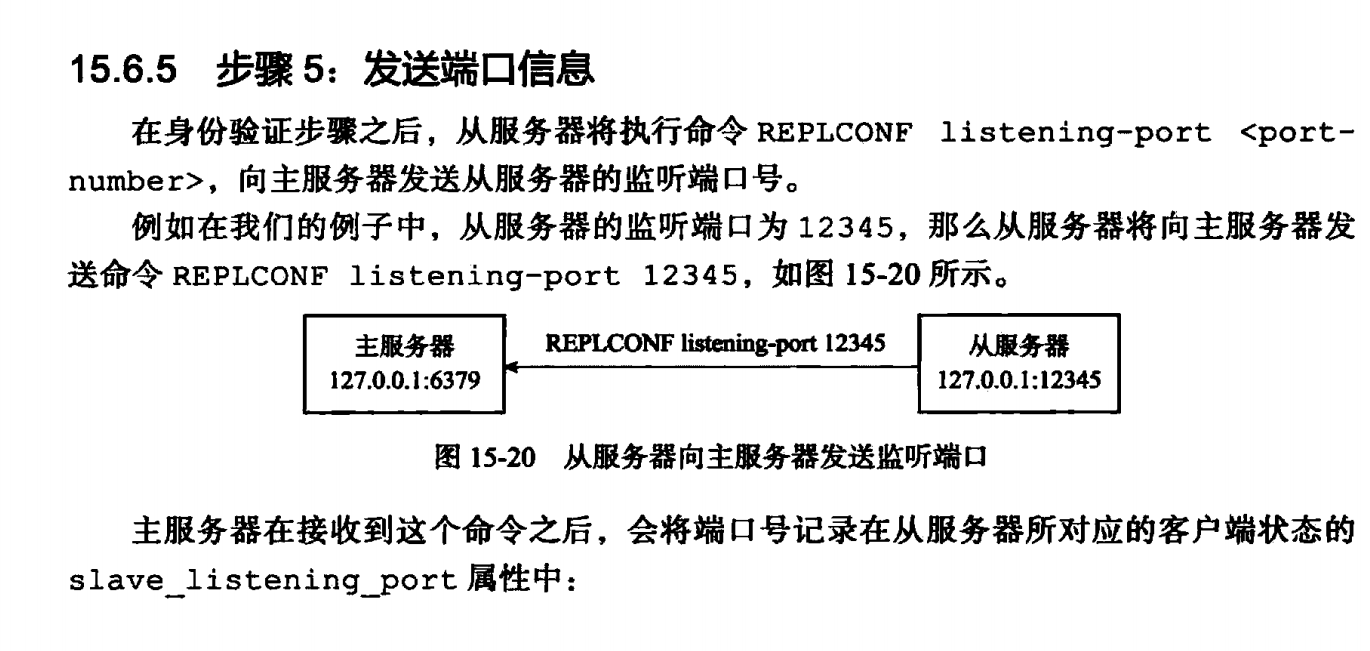
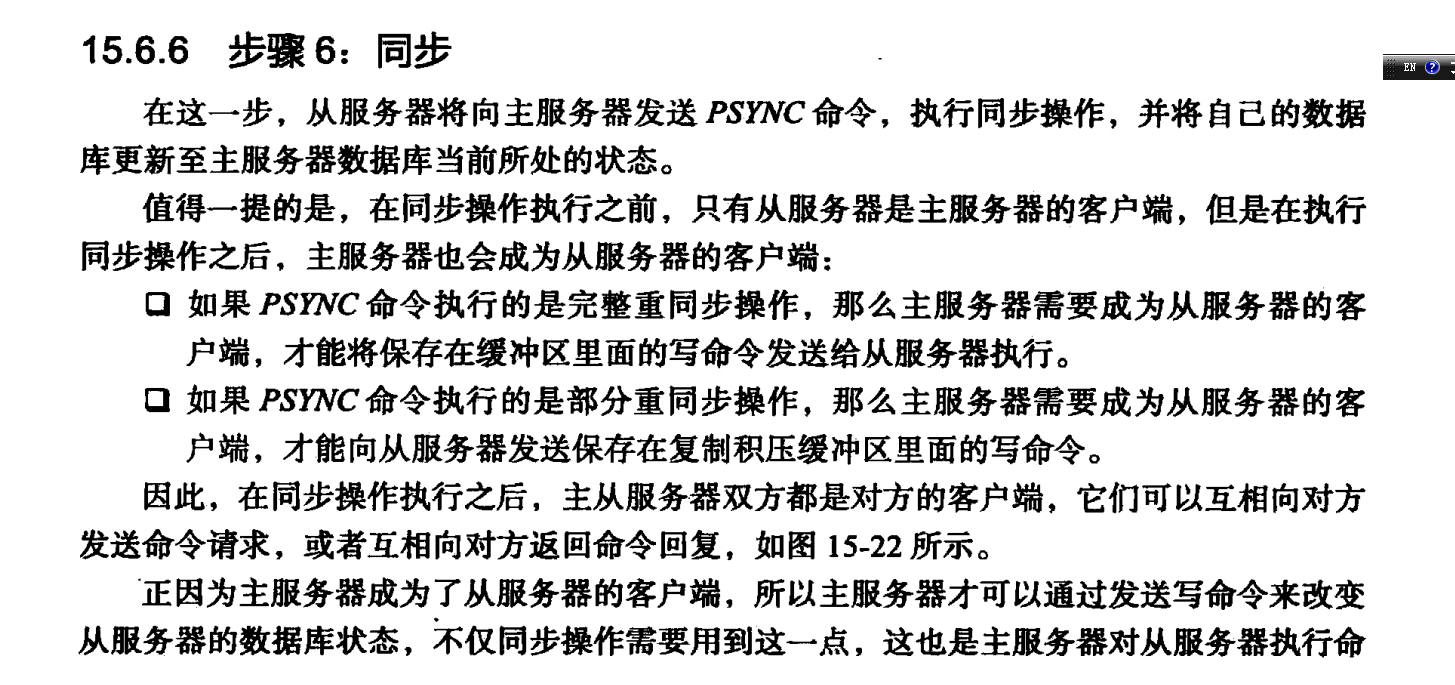
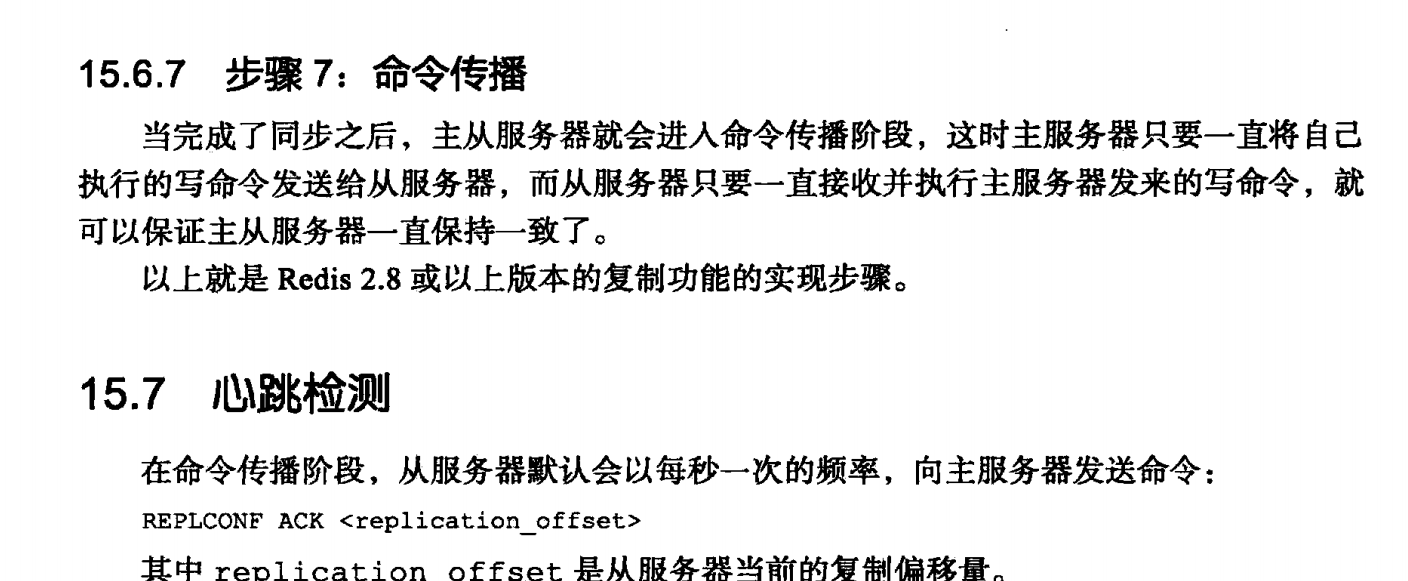
https://github.com/redis-io/redis/issues/4316
https://redislabs.com/blog/the-endless-redis-replication-loop-what-why-and-how-to-solve-it/
Replication in Redis is like to a dialog between a slave, (or an apprentice), and its master.
This conversation runs along the these lines:
Apprentice: “I want to learn and to become like you.”
Master: “PATIENCE YOU MUST HAVE my young padawan. Hmmmmmm.”
The Master forks itself, and…The forked process dumps the dataset to a disk file (RDB),The main process continues serving regular client requests, and Any changes made to the data are copied to a replication buffer on the main process.
Once the dump is done, the Master says: “Come and get it while, hot, is it.”
The apprentice reads the file over the network and writes it to its own disk.
Once it has the file stored locally, the apprentice loads it.
After loading is finished, the apprentice asks: “Well, I finished my circle. I’m ready.”
If there are any changes in the buffer, the Master says: “Ready you are? What know you of ready? Feel the Force!” and replays the stored changes to the slave.
After there are no changes left to replay from the buffer, the Master says: “No more training do you require. Already know you, that which you need.”
From that moment, any new change request that the master is given is then also replayed to the apprentice.












评论 (1 条评论)